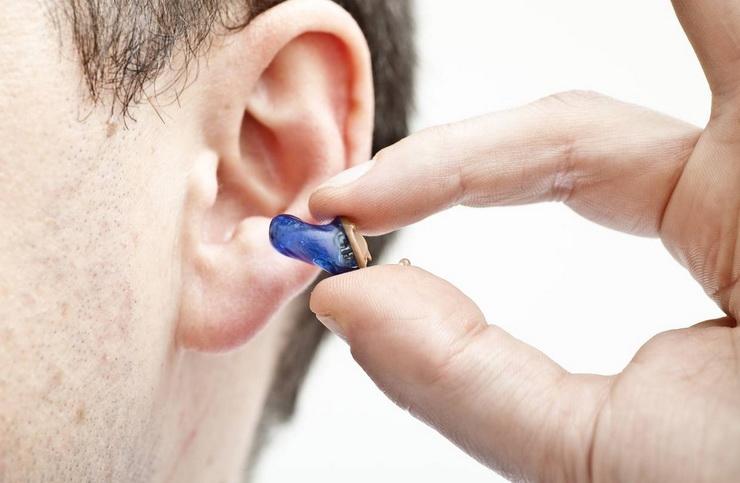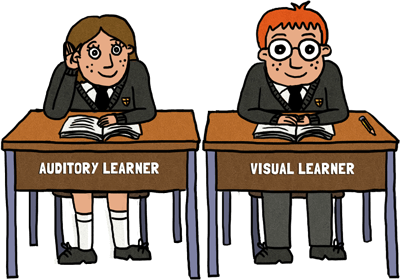

Despite the common basis, which is family’s decision to use spoken language, the auditory-oral (AO) approach encourages speechreading through the movements of mouth and body. Different methodologies have been developed within the frame of aural habilitation approaches because the applied methodologies and strategies are different. There are differences between the traditional speech therapy but among the aural/oral approaches as well. The focus here is on rehabilitating children with comprehending or using verbal language to communicate. The aural/oral approaches are exclusively focused on children who are deaf and hard of hearing, while speech therapy covers a wide range of speech and language deficits or delays. Oral approaches are very different from traditional speech therapy. By contrast, the traditional speech-language therapy approaches are provided by clinicians who are certified speech-language therapists/pathologists through a traditional undergraduate curriculum or post-graduate programs that are not focused on promoting courses specialized in the technique approaches. The provision of auditory-verbal therapy (AVT) is undertaken by specialists who are extensively trained in these methods by the certifying body, the AG Bell Academy, or those who have undergone extensive post-graduate training to become listening and spoken language specialists. The role of the caregivers is boosted for children who receive this kind of therapy and aims to develop spoken language skills. Parents here endeavor to incorporate the techniques and strategies of the auditory-driven approaches during everyday activities with their deaf child. A difference to the traditional speech-language therapy approaches (SLT), which are not implemented in the auditory-verbal therapy principles, is the upgraded role of caregivers of the children. Auditory-driven approaches differ from the others in a number of ways. Auditory-driven approaches take advantage of neural plasticity to develop brain as a listening brain, especially during the first three years of life. Īs for auditory-driven approaches, their main aim is to reinforce the auditory cortex of the brain instead of relying solely on visual cues.

At the same time, intelligible speech in children with CIs has been associated with an oral-only approach. After all, a recent systematic review concluded that there is not enough ‘high-quality evidence to determine whether sign language in combination with oral language is more effective than oral language therapy alone’ p.1. On the other hand, children who enrolled in auditory speech-based approaches exhibited a statistically significant language advantage over those enrolled in sign language programs. In fact, parental sign language use was associated with slower development of speech recognition and less intelligible speech in children of primary school age. published the most compelling support in cochlear implant literature, suggesting that parents’ use of sign language has no advantage either before or after CI. There are findings suggesting that the visual communication approaches undermine speech and language development, and there is only a narrow window of time through which auditory stimulation could support the reorganization of cortical connections. The outcome of this study is indicative and is a starting point for broader research. Conclusions: AO approach proved effective as measured through volubility. The mean number of vocalizations was calculated for each protophone type, but no other significant difference was measured.

Post hoc analyses revealed the significant difference between the mean number of disyllable vocalizations of AO approach ( p = 0.05). The analyses revealed significant differences between the ‘phase’ and the vocalization outcome (F = 9.4, df = 1, p = 0.035). Results: One-way repeated-measure ANOVAs were conducted within and between phases. Protophones were analyzed via acoustical analysis using PRAAT software. Study design consisted of two phases: (a) baseline (end of speech therapy) and (b) end of AO treatment. The child (CY, 7 0 years old) with a mean unaided pure-tone average (PTA) hearing loss >80 dB HL was assessed by using an assessment battery. Methods: The spontaneous productions during child interactions were analyzed. Background: The purpose of this study was to investigate the effectiveness of aural-oral habilitation (AO) over the traditional speech-language therapy, based on the number of vocalization-volubility of a deaf child with late-mapping bilateral cochlear implants using sequential measurements.


 0 kommentar(er)
0 kommentar(er)
